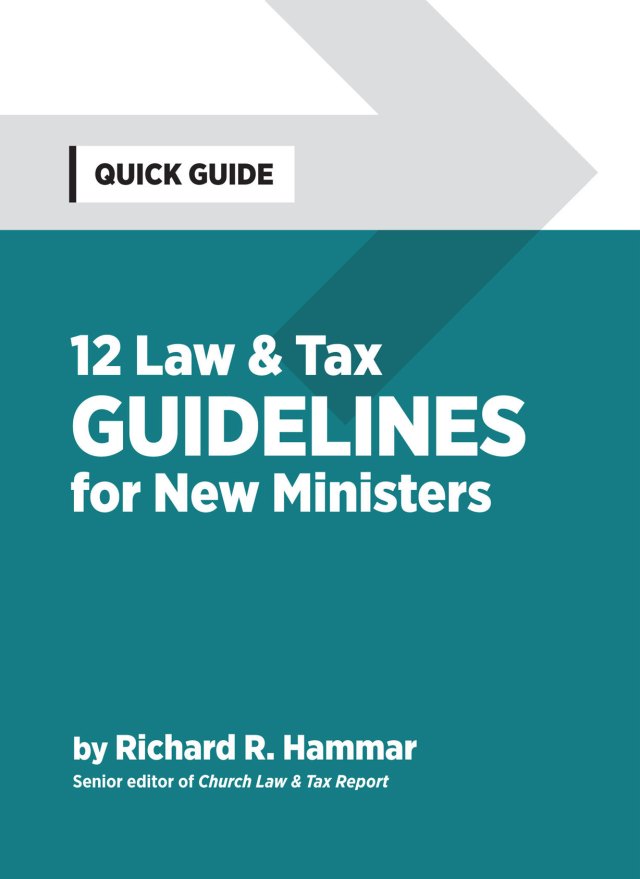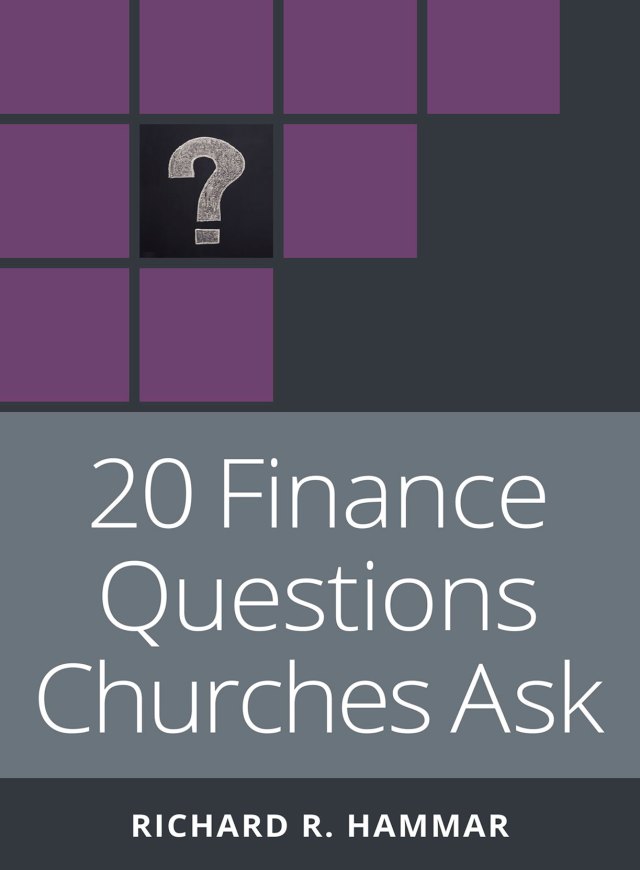• When is a church or religious denomination legally responsible for the acts of a pastor? This difficult question was addressed by the Kansas Supreme Court in a significant decision. Here are the facts. A Catholic priest injured the occupants of another vehicle while driving his car in an allegedly negligent manner. At the time of the accident, the priest was on his way to visit a friend, and was driving a car that he both owned and insured. The accident victims sued the priest’s diocese on a theory of “respondeat superior.” Under the respondeat superior doctrine, an employer is responsible for the misconduct of employees that occurs within the scope of employment. It is based on the policy that employers should be accountable for injuries caused by persons whom they have a right to control. Three conditions are required to hold an employer responsible under principle of respondeat superior: (1) the worker causing the injury is an employee and not self-employed; (2) the worker caused the injury while acting within the scope of his or her employment; and (3) the worker caused the injury by his or her own negligence or other misconduct. The court concluded that the diocese could not be sued under this theory since the priest was not an employee of the diocese but rather was self-employed. In reaching this conclusion, the court applied the “right to control” test under which a worker is considered to be an employee if the employer either controls or has the right to control the person’s work. Since an employer has the authority to control an employee, it is responsible for the employee’s misconduct. In reaching its conclusion that the priest was not an employee, the court relied on the following factors: (1) the priest’s “day-to-day activities are within his own discretion and control”; (2) the priest is authorized under canon law to do whatever he feels necessary to carry out his duties; (3) he sets his own hours and vacation; (4) he makes out his own paycheck, and hires and fires non-clergy workers; (5) he has complete discretion in purchasing church supplies and paying bills out of parish funds; (6) his work requires a high level of skill and experience and is generally done without supervision; (7) he was driving his own car at the time of the accident and had obtained his own insurance on the vehicle. Under these facts, the court concluded that the priest was not an employee of the church. And, since self-employed persons are not subject to an employer’s control with respect to the manner and methods of performing their duties, the diocese was not responsible for the priest’s negligence. The court acknowledged that the priest was clearly subject to the “ecclesiastical control” of his bishop, the diocese, and the Catholic Church, but such control was not relevant in determining the issue of legal control for purposes of imputing liability to the diocese on the basis of respondeat superior. The court also noted that the diocese “followed the majority of dioceses in issuing a W-2 form to each priest,” but did this practice inconsistent with its conclusion that the priest was self-employed for purposes of respondeat superior. This decision is significant because it recognizes that (1) a church or religious denomination will not necessarily be legally accountable for the negligence of a minister merely because the minister is subject to the “ecclesiastical control” of the church or denomination, and (2) ministers who are treated as employees for federal income tax purposes (and are issued W-2 forms) will not necessarily be considered employees for purposes of holding their church or denomination legally responsible for their actions under the principle of respondeat superior. A dissenting judge felt that the priest was an employee, and that his negligence should have been imputed to the diocese. The dissenter pointed to the following factors: (1) the diocese issued the priest W-2 forms each year; (2) the priest was on call 24 hours a day; (3) the priest’s term of employment was indefinite; (4) the priest’s work clearly furthered the regular business of the diocese; (5) the priest “was not engaged in an independent occupation in the sense that he contracts with different churches to perform pastoral services on a job-by-job basis; rather, he is engaged solely in his parish and can accept no other assignments without the consent of the bishop.” Brillhart v. Scheier, 758 P.2d 219 (Kan. 1988).
© Copyright 1989, 1998 by Church Law & Tax Report. All rights reserved. This publication is designed to provide accurate and authoritative information in regard to the subject matter covered. It is provided with the understanding that the publisher is not engaged in rendering legal, accounting, or other professional service. If legal advice or other expert assistance is required, the services of a competent professional person should be sought. Church Law & Tax Report, PO Box 1098, Matthews, NC 28106. Reference Code: m58 m86 m40 m42 m29 c0189




